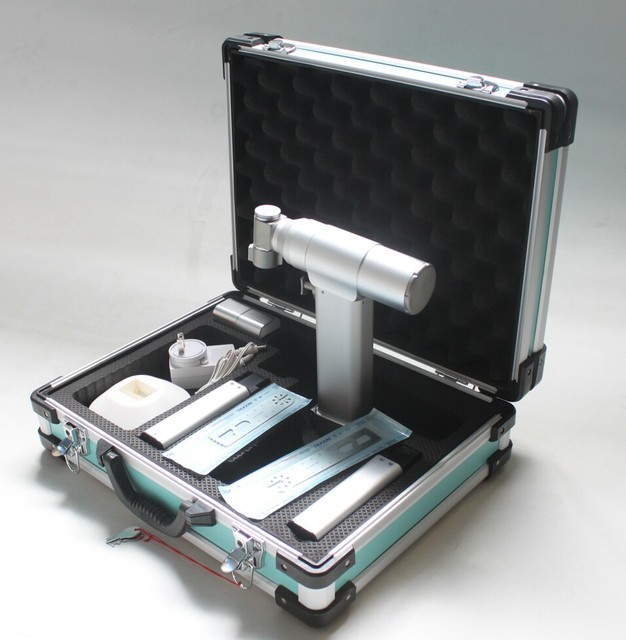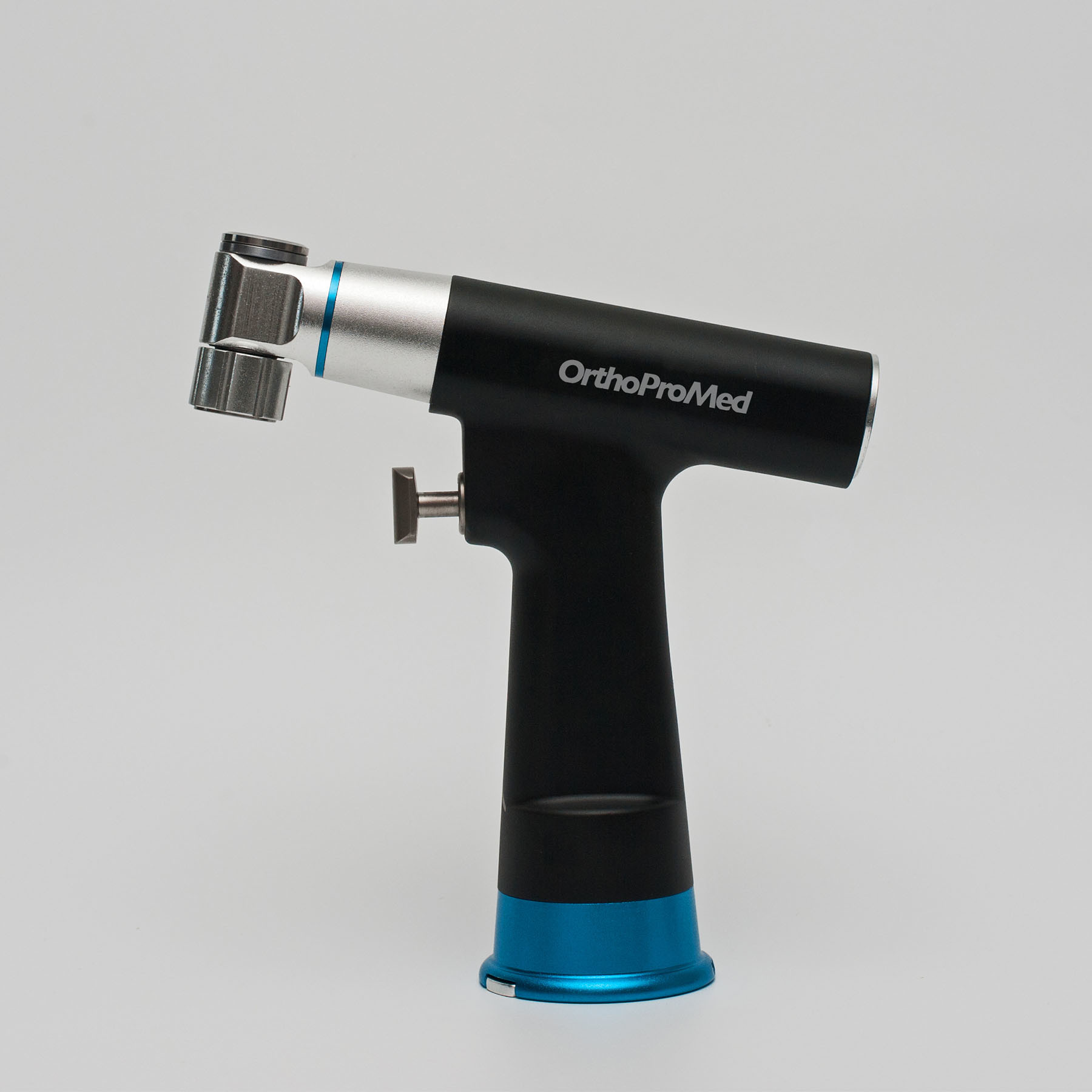


But, a real spring will eventually stop oscillating and return to equilibrium. By observation of springs, this is the correct qualitative behavior, at least for a short amount of time. Thus the displacement x is a periodic function of time. What does it predict?įrom Exercise 2.2 part (a), the general solution of this ODE involves periodic functions, which in this case are sines and cosines. This model is an approximation to reality. Where a dot over a variable denotes differentiation with respect to time, two dots denote the second derivative with respect to time, and so on. Under the assumption of constant mass, a spring model is given by There is a constant k, depending on the material properties of the spring that are ultimately due to electromagnetism, such that F = − kx.

The usual force law is Hooke’s law: the restoring force is proportional to the displacement and in the direction toward the equilibrium position of the mass. Instead, the force may be modeled by a constitutive law, which is meant to be a good approximation of reality. To obtain a fundamental model, the laws of electromagnetism (Maxwell’s laws) and the Lorentz force law would have to be used to determine the restoring force of the spring. The restoring force of the spring is clearly electromagnetic. What is this force? Recall that there are four fundamental forces: the weak and strong nuclear forces, gravity, and electromagnetism. By the nature of a spring, the force acts in the direction that would restore the spring to its equilibrium position. The force F acting on the mass is due to the elasticity of the material used to make the spring. Also, choose a horizontal coordinate system with its origin at the equilibrium position of the mass oriented so that the coordinate, say x, measures displacement with positive values corresponding to the stretched spring. Imagine a spring attached to a wall and to a mass in a horizontal configuration so that the force of gravity does not affect the motion (see Fig. 2.1).


 0 kommentar(er)
0 kommentar(er)
